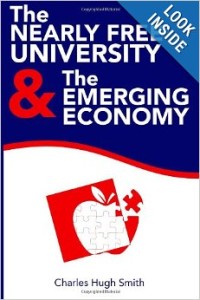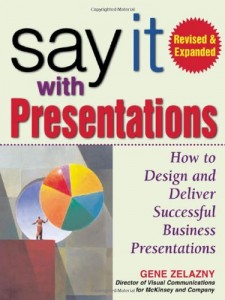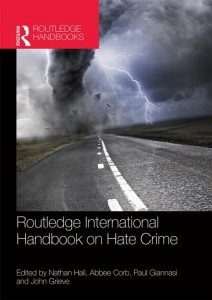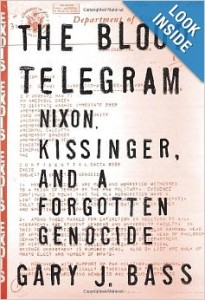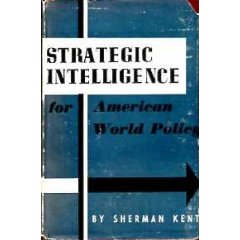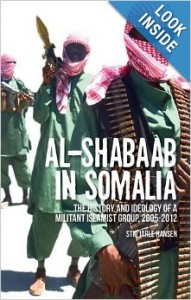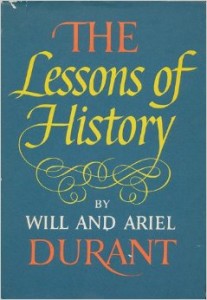
Will and Ariel Durant
![]() 7 Stars, Life Transformational, So Fundamental as to be Priceless, October 10, 2013
7 Stars, Life Transformational, So Fundamental as to be Priceless, October 10, 2013
When I donated my 2500 volume library to George Mason University (down from 5000 in earlier years), this is one of a tiny handful of books I held back, along with Buckminster Fuller's Ideas and Integrities: A Spontaneous Autobiographical Disclosure.
This edition is the FIRST edition. The reprinted currently in stock version The Lessons of History is more readily available, but if you can get the first edition, it is priceless at multiple levels.
This is the first book that I discuss in my national security lecture on the literature relevant to strategy & force structure. It is a once-in-a-lifetime gem of a book that sums up their much larger ten volume collection which itself is brilliant but time consuming. This is the “executive briefing.”
Geography matters. Inequality is natural. Famine, pestilence, and war are Nature's way of balancing the population.
Birth control (or not) has *strategic* implications (e.g. see Catholic strategy versus US and Russian neglect of its replenishment among the higher social and economic classes).
History is color-blind. Morality is strength. Worth saying again: morality is strength.
They end with “the only lasting revolution is in the mind of man.” In other words, technology is not a substitute for thinking by humans.
See my various lists. Other books I recommend:
The Landscape of History: How Historians Map the Past
Forbidden Knowledge: From Prometheus to Pornography
Fog Facts: Searching for Truth in the Land of Spin
The Age of Missing Information
Consilience: The Unity of Knowledge
Integral Consciousness and the Future of Evolution
Global Brain: The Evolution of Mass Mind from the Big Bang to the 21st Century
The Fortune at the Bottom of the Pyramid: Eradicating Poverty Through Profits, Revised and Updated 5th Anniversary Edition
And of course the nine books I have published, all but the last free online as well as within Amazon.
Robert Steele
THE OPEN SOURCE EVERYTHING MANIFESTO: Transparency, Truth & Trust

